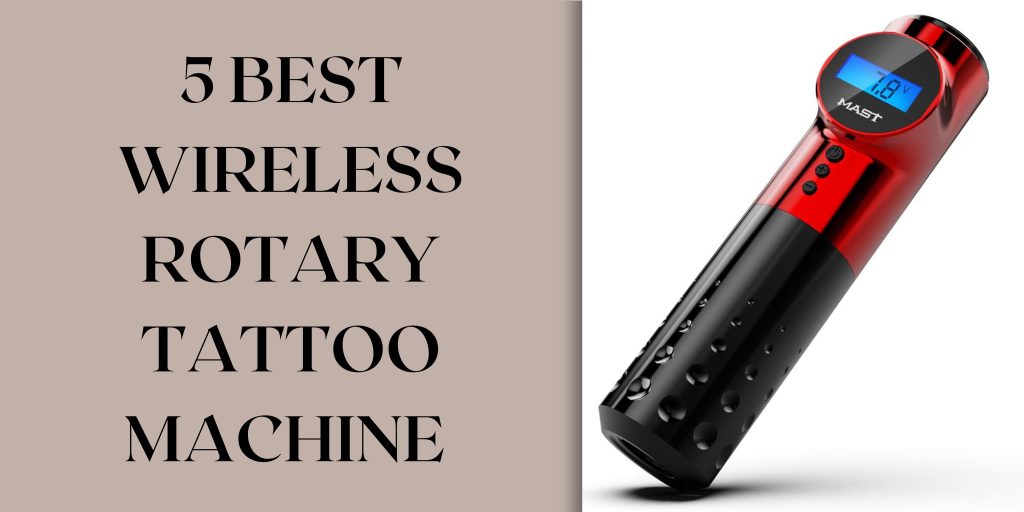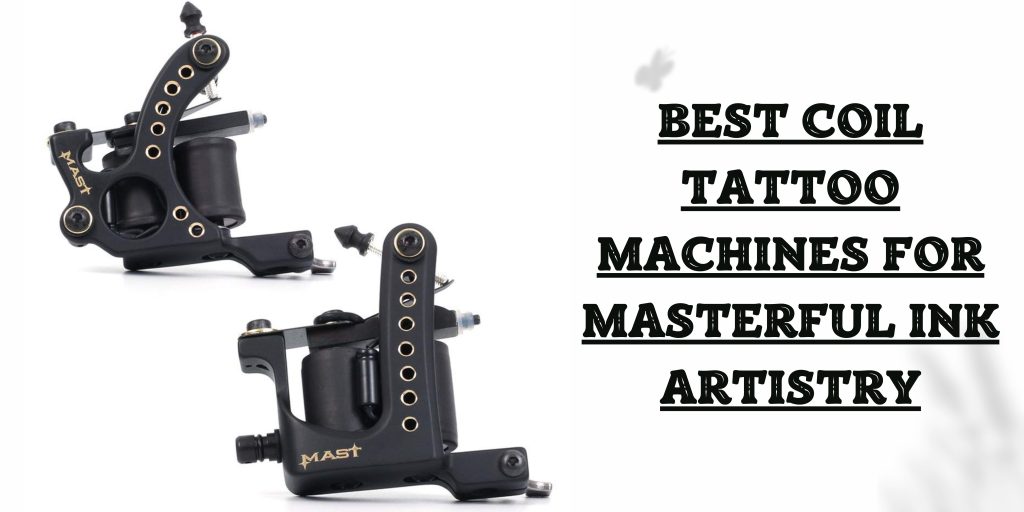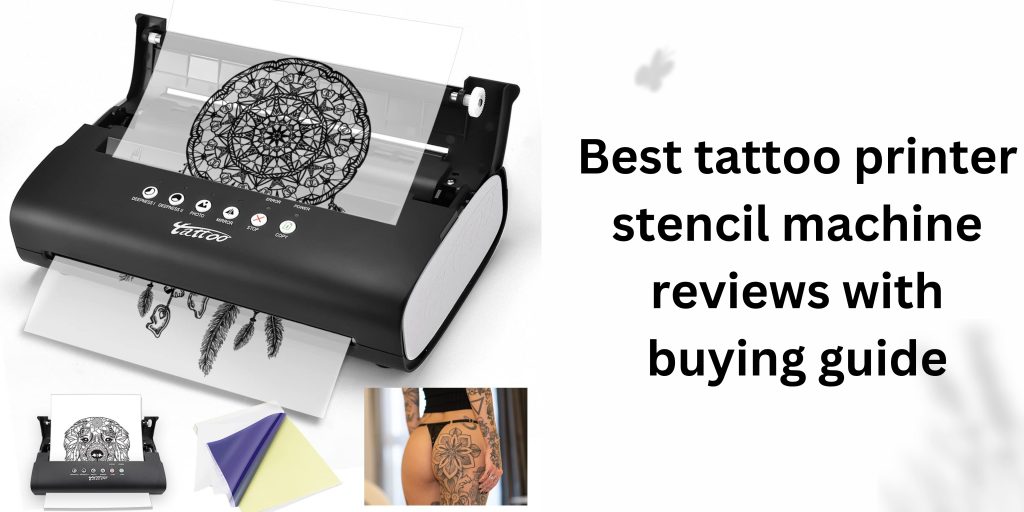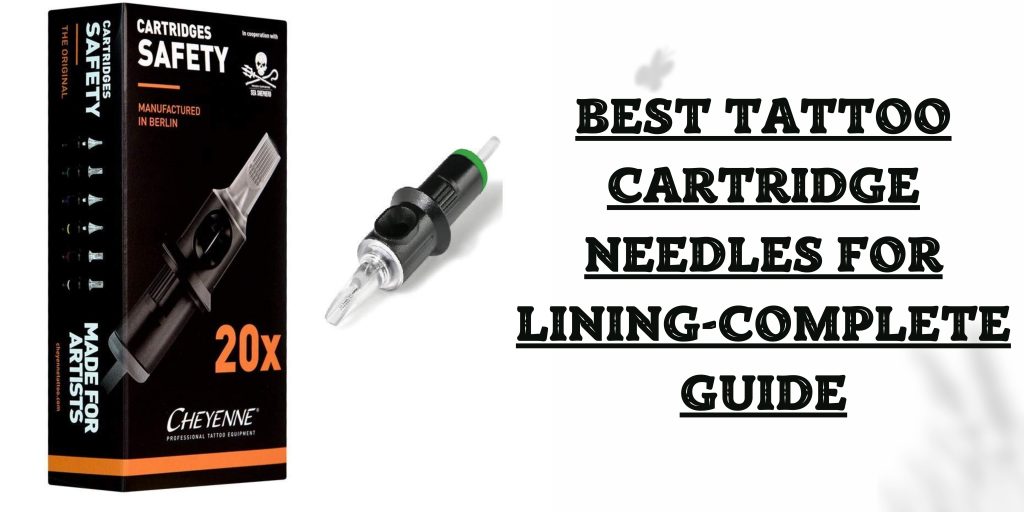Have you ever been excited to get a new tattoo, only to find that the stencil doesn’t transfer properly onto your skin? It can be frustrating and disappointing, but fear not! In this article, we will delve into the reasons why won’t my tattoo stencil transfer. and provide you with solutions to overcome this issue. So, let’s explore the world of tattoo stencils and discover the secrets to a successful transfer.
Understanding Tattoo Stencils
Tattoo stencils are an essential part of the tattooing process. They serve as a blueprint for the tattoo artist, providing a clear outline of the design that will be inked onto your skin. A tattoo stencil acts as a guide, ensuring precision and accuracy during the tattooing process. you should also know how to remove stencils after tattoo and the best way to print stencil
Components of a Tattoo Stencil
- Stencil Paper: Stencil paper is specially designed for creating tattoo stencils. It is usually a thin, translucent sheet that allows the artist to see the design clearly while transferring it onto the skin.
- Thermal Printer/Carbon Paper: A thermal printer or carbon paper is used to transfer the design from the stencil paper onto the skin. It creates a temporary tattoo outline that the artist can follow while applying the permanent ink.
- Transfer Solution: Transfer solution is a liquid solution used to activate the thermal printer or carbon paper, allowing the design to transfer onto the skin. It helps to ensure a clean and accurate transfer.
Read More: Best thermal stencil printer machine
Reasons Why Tattoo Stencils May Not Transfer to Skin

Improper Placement or Application
Inadequate Surface Preparation:
Failing to properly clean and prepare the skin before applying the stencil can result in a poor transfer. Oils, lotions, and dead skin cells can create a barrier that prevents the stencil from adhering properly.
Uneven Skin Texture:
If the skin is rough, scarred, or has an uneven surface, it can affect the transfer of the stencil. The stencil may not adhere uniformly, leading to gaps or distortions in the design.
Incorrect Stencil Positioning:
Placing the stencil in the wrong position or at an angle can cause the design to appear distorted or misaligned. It is crucial to carefully position the stencil before proceeding with the transfer.
Low-Quality or Incorrect Materials
Low-Quality Stencil Paper:
Using inferior-quality stencil paper may result in poor transfer. The paper may not hold the ink properly, causing the design to appear faint or incomplete.
Expired or Inadequate Transfer Solution:
Using an expired or incorrect transfer solution can affect the quality of the transfer. The solution may not activate the ink properly, leading to a blurry or smudged stencil.
Poor Quality Thermal Printer/Carbon Paper:
Using a subpar thermal printer or carbon paper can hinder the transfer process. The ink may not transfer evenly or may not adhere to the skin adequately.
Troubleshooting and Solutions
Proper Surface Preparation
Skin Cleaning and Exfoliation:
Clean the skin thoroughly using a mild soap or alcohol-based solution to remove any dirt, oils, or lotions. Gently exfoliate the skin to create a smooth surface for better stencil adhesion.
Moisturizing and Hydration:
After cleaning, moisturize the skin with a fragrance-free lotion or tattoo-specific moisturizer. Hydrated skin provides a better surface for stencil transfer.
Correct Stencil Application Techniques
Stencil Placement and Alignment:
Carefully position the stencil on the desired area, ensuring it aligns with the intended design. Use a mirror or seek assistance if needed to achieve proper placement.
Applying Adequate Pressure:
Once the stencil is in place, apply firm and even pressure to ensure it adheres properly to the skin. This can be done using a clean, dry cloth or the artist’s hand.
Using Proper Transfer Solution:
Use a high-quality transfer solution specifically designed for tattoo stencils. Apply the solution evenly to the stencil, allowing it to activate the ink before removing the stencil.
Alternative Stencil Transfer Methods
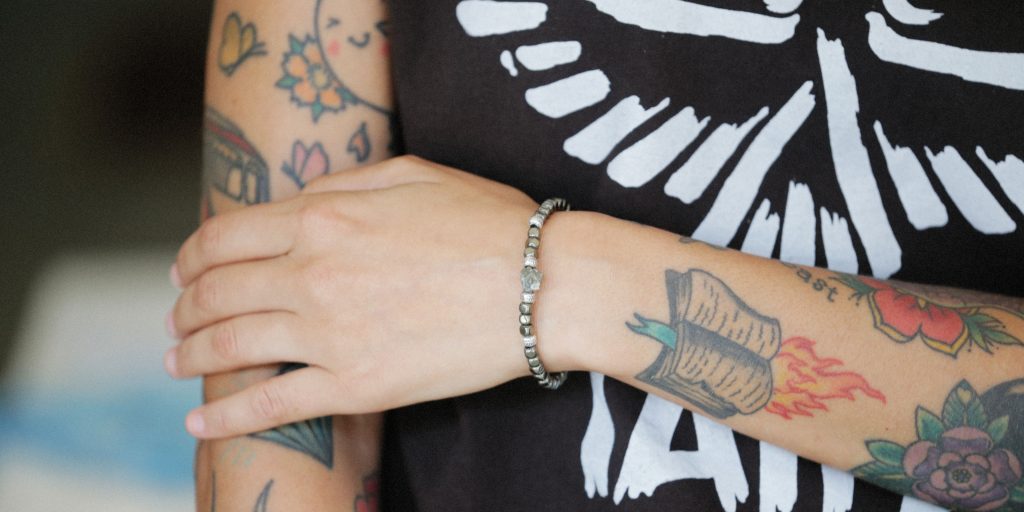
Freehand Drawing:
If you’re skilled in drawing or have a talented artist, you can opt for freehand drawing directly on the skin without using a stencil. This technique requires expertise but offers a unique and personalized design.
Stencil Duplicators:
Stencil duplicators, also known as thermal copiers, create an exact replica of a design by transferring it from a printed copy onto stencil paper. This method ensures accuracy and eliminates the need for manual drawing.
Stencil Transfer Gels:
Stencil transfer gels are a gel-based alternative to traditional transfer solutions. They are applied directly to the skin before placing the stencil, providing a secure and reliable transfer.
Conclusion
A successful tattoo starts with a well-transferred stencil. By understanding the importance of proper surface preparation, correct stencil application techniques, and using high-quality materials, you can overcome the frustration of a stencil not transferring. Remember to take your time, follow the steps carefully, and seek professional advice if needed. Now, armed with this knowledge, you can confidently embark on your tattoo journey with a beautifully transferred stencil. Happy tattooing!


